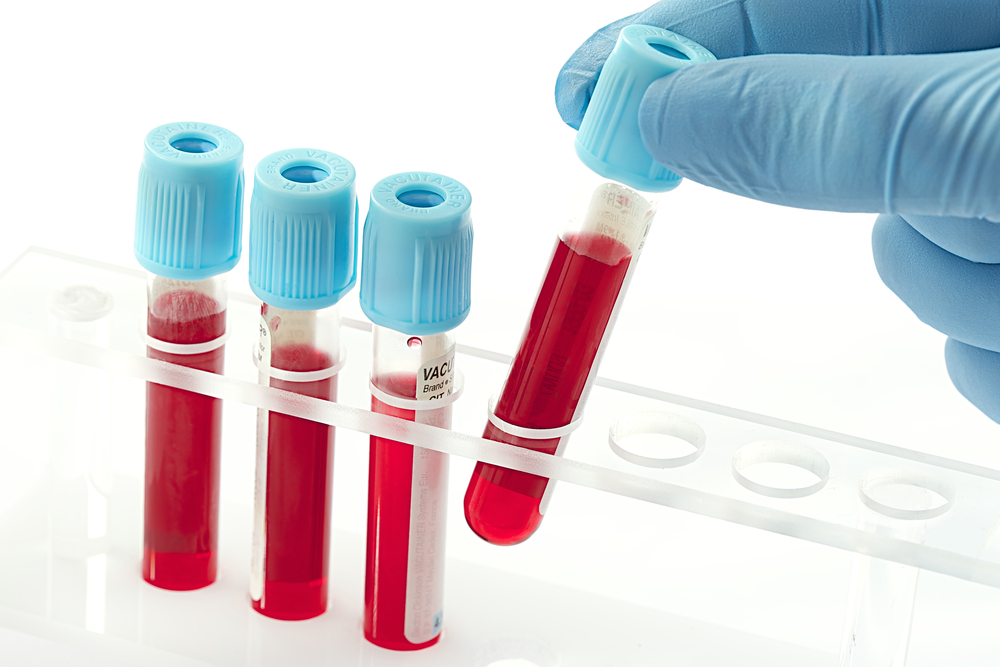Contents:
- Medical Video: 5 common signs of Blood Clots
- What is blood coagulation?
- Disorders with coagulation
- What can cause interference coagulation?
- What are the characteristics of a coagulation problem?
Medical Video: 5 common signs of Blood Clots
Coagulation is a condition that can be good and can also be bad for health, depending on the condition of each person. Blood coagulation is needed in certain situations. However, sometimes blood coagulation can also be dangerous. Therefore, it is important to study the subtleties of coagulation.
What is blood coagulation?
Coagulation is a process in which blood changes from a liquid form to a solid (blood clots). This usually occurs when you are injured to prevent too much blood loss. If something happens with the coagulation process (bleeding disorder), a person can die from ongoing bleeding.
Disorders with coagulation
In order for blood to clot properly, you need blood proteins called clotting factors and blood cells, namely platelets. The task of platelets is to clot blood to clog damaged blood vessels. Then, clotting factors will form fibrin clots to keep the platelets in place, so that bleeding stops. People with bleeding disorders can lack clotting or platelet factors, or have malfunctions in one of them.
General bleeding disorders include:
- Hemophilia A and B
- Deficiency of factors II, V, VII, X or XII
- Von Willebrand's disease
Sometimes, blood clots can occur without injury, or blood may fail to dilute after an injury has recovered. This can be life threatening. Coagulation can occur in any blood vessel. Blood clots can move through the blood and stop in the lungs, heart, brain or other areas.
Blood clots can inhibit blood intake to vital organs, cause deadly complications such as strokes, heart attacks, lung embolism, kidney failure, deep vein thrombosis, and others.
During pregnancy, blood clots can form in the pelvic veins or legs, causing complications of serious pregnancy such as premature labor, miscarriage, and maternal death. Therefore, coagulation is a condition that cannot be underestimated.
What can cause interference coagulation?
Often, problems with coagulation are decreased. However, certain factors can make you more vulnerable to bleeding disorders, such as:
- Liver disease
- Low red blood cell count
- Vitamin K deficiency
- Side effects of drugs
Risk factors for blood clotting disorders include:
- Obesity
- Smoke
- Old age
- Oral contraception
- Chronic inflammatory disease
- Atrial flutter or atrial fibrillation
- Congestive heart failure
- Cirrhosis
- Cancer
- Fractures of the hands or feet, especially in the legs or pelvis
- Pregnancy
- Family history of blood clotting disorders
- Interference when walking
- Sit too long
- Travel frequently
What are the characteristics of a coagulation problem?
Some common signs of bleeding problems are:
- Easy bruising or no cause
- Great menstruation
- Frequent nosebleeds
- Severe bleeding from a small injury
Some signs of coagulation disorders are:
- Blood clots in deep blood vessels: pain, swelling, discoloration or redness, feeling warm
- Blood clots in the lungs: chest pain, unable to breathe, rapid heartbeat
- Heart attack or stroke at a young age
- Miscarriage or stillbirth (stillbirth) is repeated
If you are aware of one or more of the symptoms above, talk to your doctor. Treatment options for bleeding disorders include medications to control bleeding and rest, ice, compresses and elevation. Bleeding disorders can be controlled with blood thinners. Depending on the disorder you are experiencing, your doctor can provide a treatment plan to help you deal with your condition. Early treatment helps reduce the risk of complications.












